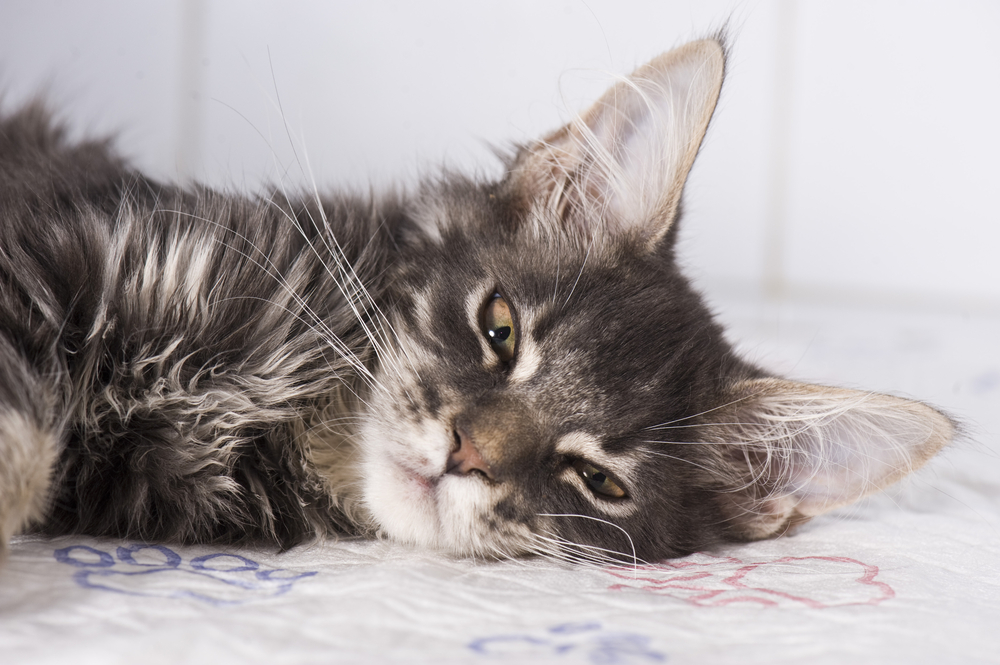What Can You Give a Cat in Pain?
Pain management in pets is integral to the quality of life. If your furry feline has pain from a chronic condition like arthritis, it affects their well-being. Cats, though, hide pain and are less likely to express their pain in a noticeable way. Thankfully, there are some good options for diagnosing pain and successfully treating it. The team at Union Lake Veterinary Hospital explains what you can give a cat in pain.
Is My Cat in Pain? How Can I Recognize It?
Other than an obvious injury or diagnosed chronic condition, pain in cats can be subtle. It is a survival mechanism to mask pain, because in the wild this can lead to them being preyed upon. There are some signs that your cat is in pain if you pay attention to changes in behavior. These are:
- Reluctance to exercise
- Winces at being picked up or touched
- Unwillingness to get in or out of the litter box
- Hides more than usual
- Stiffness or limping
- Behavior changes, including increased aggression
- Unable to jump up
- Unkempt or dull fur
Alert your veterinary team about these changes, should you suspect your feline is in pain.
Treatment for a Cat in Pain
Before you give your favorite feline anything for pain, it is best to call us. There are many over-the-counter products that are dangerous, if not toxic, to cats. With this in mind, there are a number of pain control options, some only available from your veterinarian.
- Inflammation-Reducing Corticosteroids – Veterinarians often prescribe these when your cat has allergies, arthritis, or other chronic conditions. These act as anti-inflammatories, but they must be administered as prescribed since they can be hard on a pet’s organs and gastrointestinal tract.
- Opioids – Drugs in this family are more commonly used post-surgery or in cases of more severe pain, such as certain cancers. Because these medications, including morphine, hydromorphone, and codeine, are controlled substances, their use is strictly monitored.
- Gabapentin – This is a popular prescription medication for nerve, joint and muscular pain.
- Omega-3 Fatty Acids – Nutrition plays an integral role in managing pain. Fatty acids that come from certain foods like salmon and olive oil are excellent in reducing inflammation. Some prescription diets help to alleviate the symptoms of certain diseases and conditions.
- CBD Oil – Veterinarians are not allowed to prescribe or recommend CBD oil, but many pet owners swear by CBD oil-based products and their efficacy. CBD oil comes from the hemp plant but does not include THC, the active ingredient in marijuana and cannabis products. If you choose to try CBD oil, look for pet-safe products. You may want to consult with us before use so we can verify that there are no drug interactions if your cat is on other medications.
It’s also important to keep your cat at a healthy weight. Overweight pets are more likely to experience increased pain in instances of osteoarthritis and other joint conditions.
Alternative Therapies for Treating a Cat in Pain
Alternative modalities for pain management can be incredibly effective for some pets, like cold laser therapy, acupuncture, and physical therapy.
NSAIDs (Non-Steroidal Anti-Inflammatory Drugs)
We sometimes get questions from cat owners about the use of NSAIDs for pain. They are NOT safe for cats without extreme caution. Your veterinarian may prescribe an NSAID for up to 3 days. They may also provide very specific instructions for giving your cat a tiny amount for a few days but don’t assume that you can dose your cat at home without veterinary input.
NSAIDs include over-the-counter products like all brands of aspirin/acetaminophen including Tylenol, ibuprofen (Advil, Motrin), naproxen (Aleve), and celecoxib (Celebrex). These drugs can damage both the liver and kidneys and in higher doses can be fatally toxic. Never give your pet aspirin, ibuprofen, Tylenol, or any other human medicine without calling us first.
We Can Treat Pain in Cats
Modern veterinary medicine has come a long way in providing great pain management options for our furry family members. Please contact us with any questions you have about treating your cat in pain. There is no reason for them to not live the happiest, healthiest, pain-free life possible. We can help!

